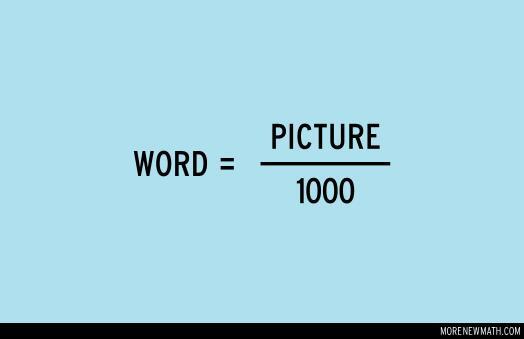
Need some data? Who doesn't
Numbeo is a site where you can get all manor of data sets. Cost of living, Crime, Price Indexes, Pollution and much more. Do you want to get real data for your classes? Then this is a great place to look. Thanks to Mike Lieff for this one
Curriculum Tags: MBF3C, MDM4U, MAP4C
http://www.numbeo.com/common/

I have recently heard a great distinction between adults who know how to do math and math teachers. To be a math teacher, you not only need to know math but you also have to be very good at deciphering the mistakes found in student work. Otherwise how else could we help them get better. "
This site is about compiling, analyzing and discussing the mathematical errors that students make. Every day a new mistake is posted." Got an example you want to submit? Go ahead. And join the conversation.
Curriculum Tags: All
http://mathmistakes.org/

You have probably heard of the game Headbandz. If not, the premiss you wear a head band with a card on it that has an image or a word and your partner has to somehow get you to say what is on your head without saying the actual word. Well, how about doing that for properties of quadratics? Check out this blog post to see how. Thanks to Dan Meyer for pointing out this one.
Curriculum Tags: MFM2D, MBF3C
http://marybourassa.blogspot.ca/2013/10/quadratic-headbanz.html

I was reminded of Census at School recently when talking to a teacher about grade 7 math. The Census at School program is an educational branch of Statistics Canada and its a great way to get a boat load of data from your students. You start by creating an account and setting your class up. Then you give your students the class code and they fill out a survey online (takes about 20 min) which has demographic questions, measurement questions (height, foot size etc), interest questions, school questions, tests for reaction time and logic etc). Then you can download the Excel file with all the data. The rest is up to you to create graphs of all type using their data. One of the other features is there are
data sets that you can download of students from all over the world.
Curriculum Tags: Gr7, Gr8, MBF3C, MDM4U, MAP4C
http://www.censusatschool.ca/

More data can be found from Scholastic's Kids USA survey. Data results from topics like families, censorship, sports, school uniforms and more. Thanks to Jody Barron for this one.
Curriculum Tags: Gr7, Gr8
http://teacher.scholastic.com/kidusasu/

Are we born with number sense? A new study tries to study number sense in infants and how it relates to number sense when older. How do they do that? Its actually pretty neat. I am not convinced of how valid it is but it is neat. Check out the video in the link below. None the less, they seem to see that there is a correlation between an infants numeracy skills and their skills three years later.
Curriculum Tags: All
http://phenomena.nationalgeographic.com/2013/10/22/math-for-babies/
This is an awesome minds on for grade 8 math when talking about surface area and volume of a sphere. Could probably be used as a review in grade 9 applied math.
Curriculum Tags: Gr8, MPM1P
https://www.youtube.com/watch?v=jmpvGxa2iYI
 After years of using algebra tiles, only very recently had I stumbled upon the fact that you could complete the square using algebra tiles. This stemmed from looking at the expectation from grade 10 academic course on completing the square: "by completing the square in situations involving no fractions, using a variety of tools". It was the "variety of tools" bit that caught my eye. Up until then I had not really known of any other method other than algebraically. But a quick search on the Interwebs came up with a host of videos on how to do it. And more recently the M^3 blog had a post on it so I guess that is a sign to put something here.
After years of using algebra tiles, only very recently had I stumbled upon the fact that you could complete the square using algebra tiles. This stemmed from looking at the expectation from grade 10 academic course on completing the square: "by completing the square in situations involving no fractions, using a variety of tools". It was the "variety of tools" bit that caught my eye. Up until then I had not really known of any other method other than algebraically. But a quick search on the Interwebs came up with a host of videos on how to do it. And more recently the M^3 blog had a post on it so I guess that is a sign to put something here.










